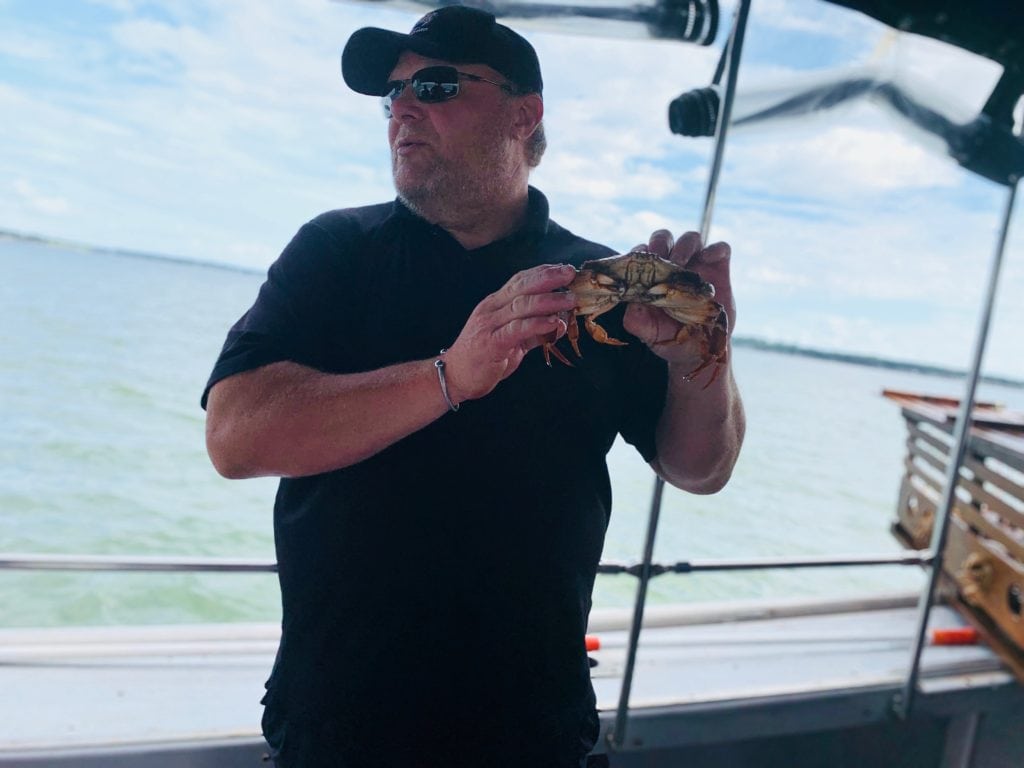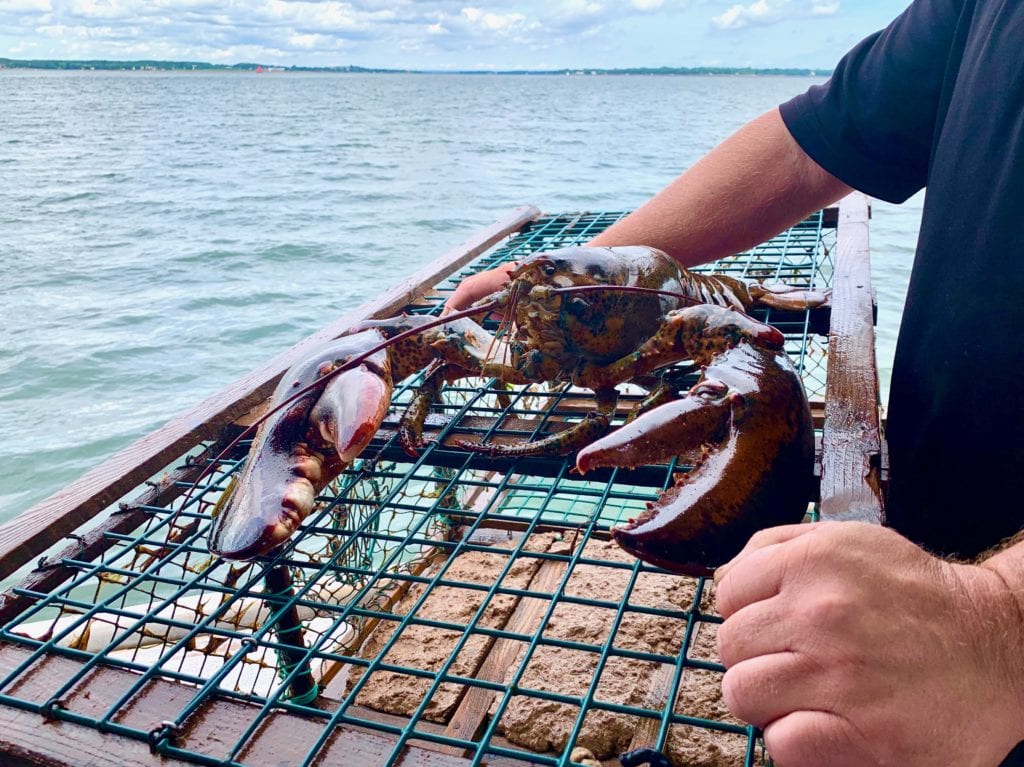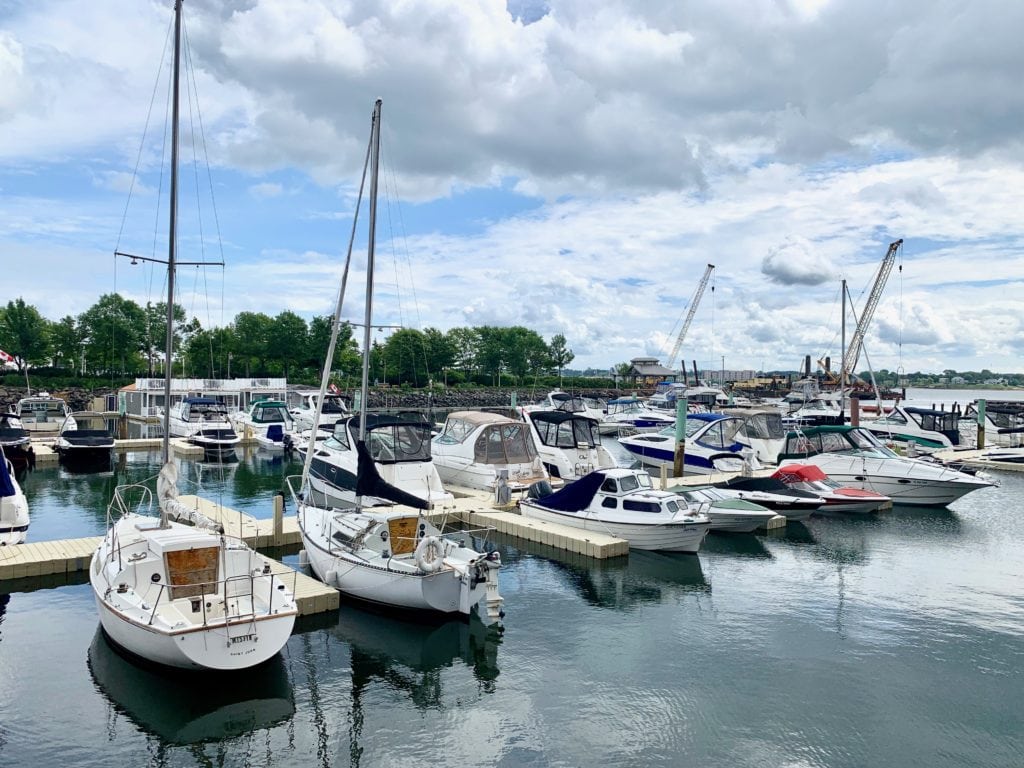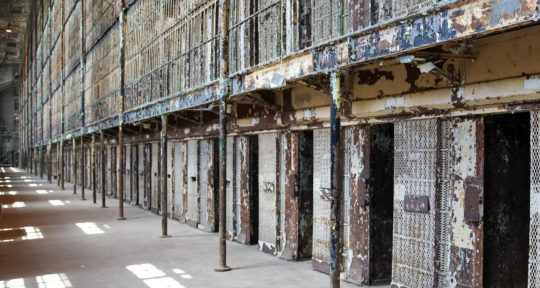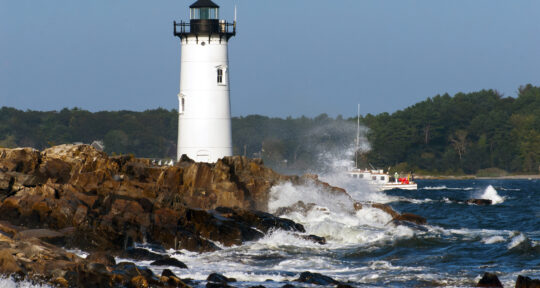If you didn’t grow up in Canada, you can be forgiven for not knowing Anne of Green Gables. But if you did—and especially if you were a bookish daydreamer like I was—then the red-haired orphan with a silver tongue at the center of Lucy Maud Montgomery’s 1908 novel was likely your hero.
The book and its many screen adaptations tell the story of Anne. She was adopted by the elderly Cuthberts of Green Gables farm, located in the fictional village of Avonlea on Prince Edward Island (PEI). Green Gables was a refuge for Anne; for readers, it’s the idyllic background to all her wild antics. Fans of Anne have made their way to PEI for generations, hoping that by placing themselves in the story’s setting—with its red dirt roads and green rolling hills—they’ll experience some of the titular character’s wonder and exuberance.
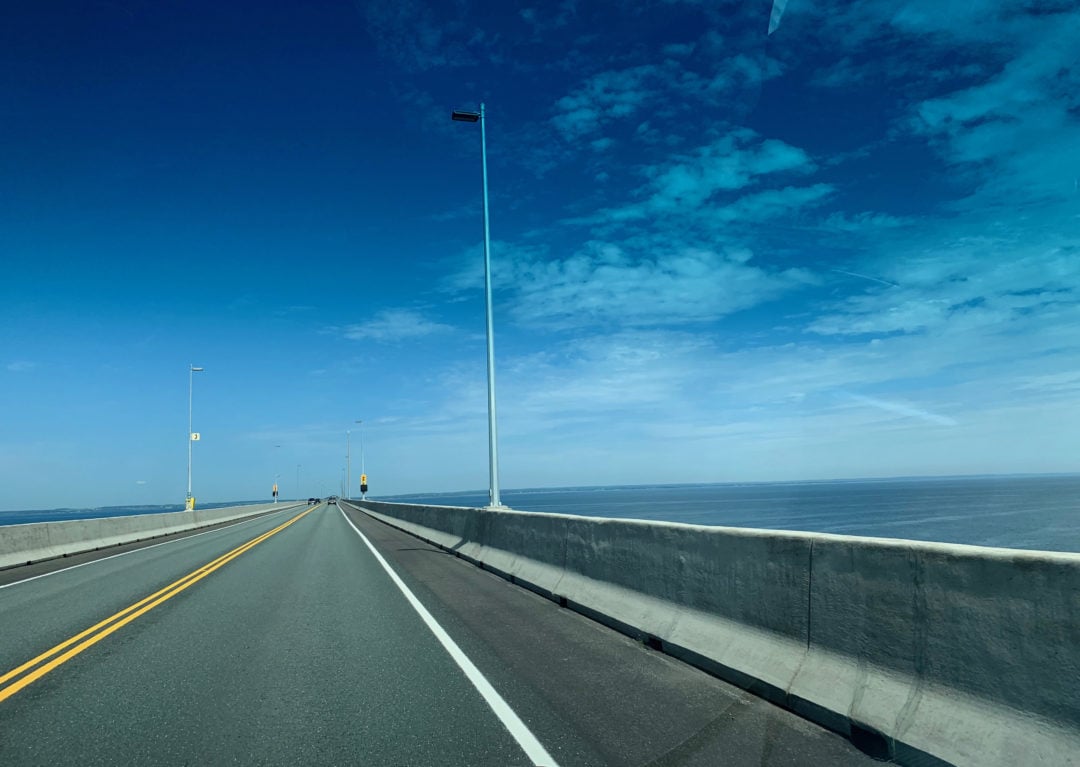
Despite being one of those fans, Green Gables was far from my mind as my family and I drove into PEI from the neighboring province of New Brunswick. Like most people who get on and off the island by car, I took Confederation Bridge. The 8-mile-long box-girder structure spans the narrowest part of the Northumberland Strait, which separates Canada’s tiny island province from the mainland. It’s the seventh longest bridge on the continent and the longest worldwide to span water that freezes.
About halfway across, surrounded by blue, I suddenly felt nervous driving onto this road suspended above the sea. But then, as the second half of the bridge sloped down and the island came into view, the setting for my beloved childhood stories came to life.
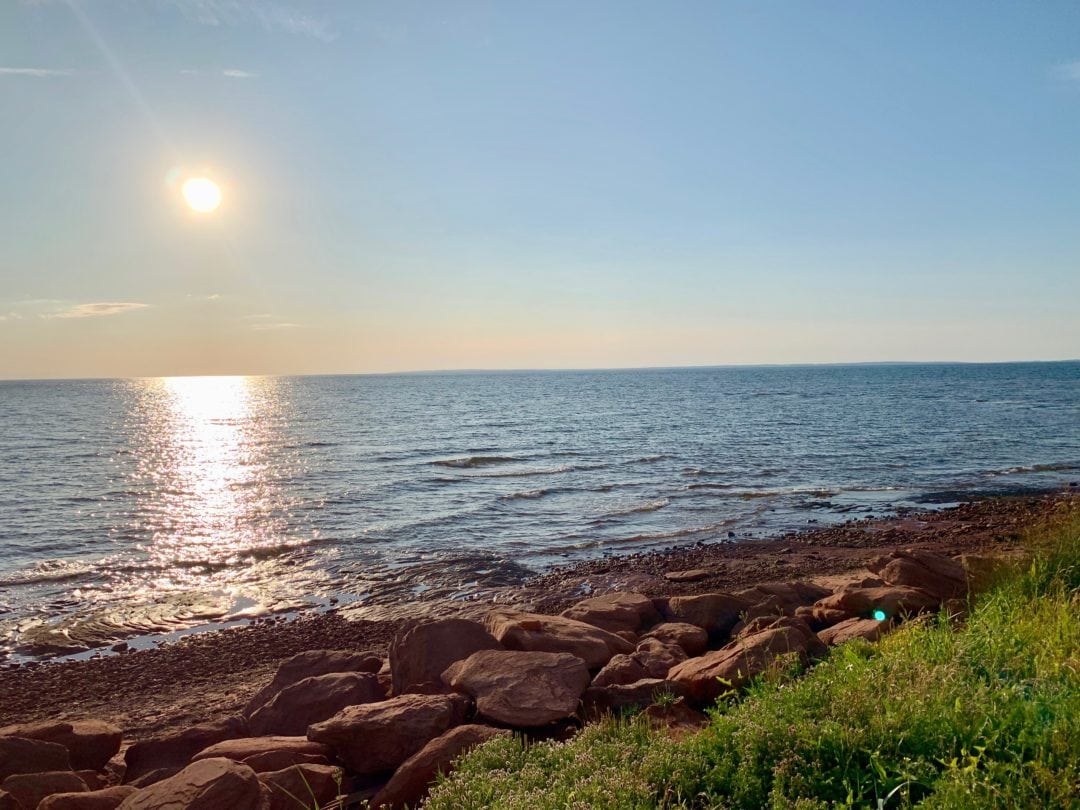
Red sand beaches, grassy knolls, and the first of many bright white lighthouses with crimson roofs appeared above the cold Atlantic waters. The drive into Charlottetown, the capital, took us past cow pastures and potato fields—Prince Edward Island occupies just 0.1 percent of Canadian land, but produces up to 25 percent of the country’s potatoes.
Lobsters and Clamato
We arrived in Charlottetown right around cocktail hour, when folks make their way to Peake’s Wharf for a drink among the docked boats. The mood was festive, like any island holiday destination, but remarkably quaint, cordial, and clean. I had a Bloody Caesar, Canada’s take on the Bloody Mary, made with Clamato. The tomato and clam juice hybrid may be off-putting to some Americans, but to me, it tasted like home.
Among the tourists, we spotted a few strange characters dressed in 19-century garb casually occupying a sidewalk corner or park bench. They were actors from a troupe called the Confederation Players, hired to play historical figures from the era when Canada was founded. (Charlottetown calls itself the birthplace of Canada because, in 1864, it hosted delegates from five colonies for a meeting to discuss forming a country.) The actors offer paid tours, but they also dole out historical tidbits to passersby free of charge. My husband couldn’t resist engaging one in conversation.
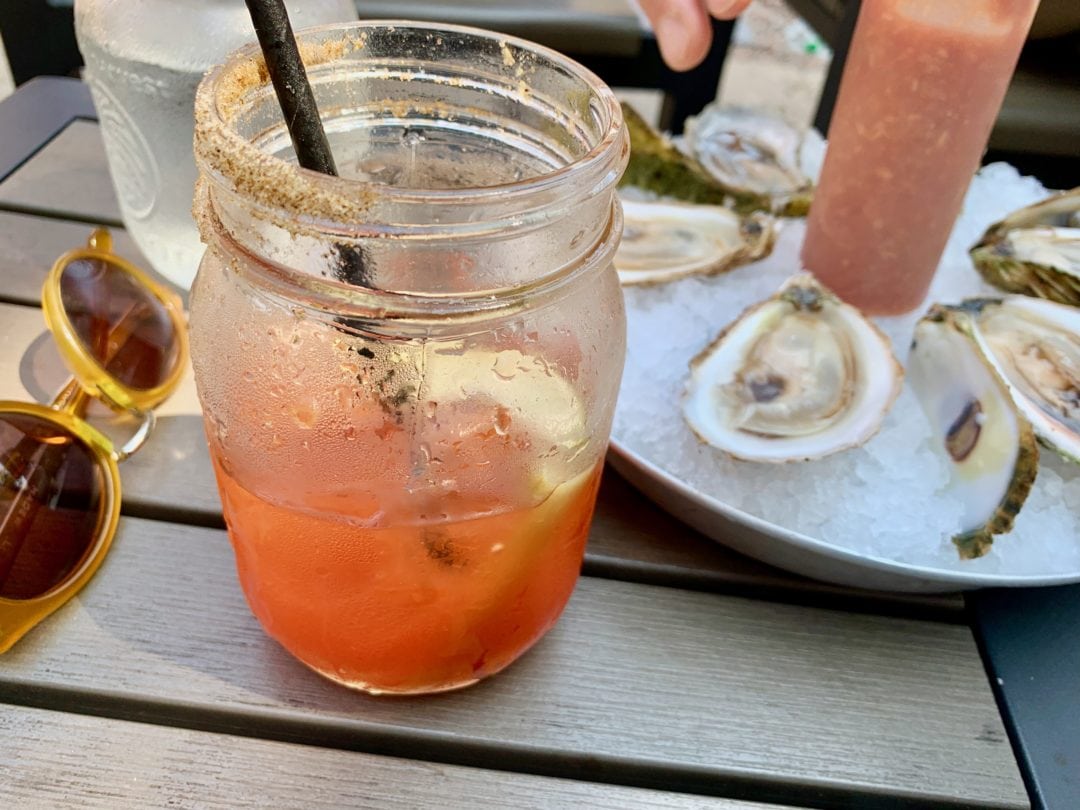
“We are prosperous! Why would we join this Canada? It is folly!” spat a young bearded man in a top hat playing Edward Palmer, a conservative politician fervently opposed to confederation. It briefly occurred to me how nice it would be to have Alexander Hamilton and Aaron Burr milling about Times Square instead of Elmo and Spiderman.
Our first full day in PEI was spent like it should be: on a boat. Visitors can board a boat from Peake’s Wharf for seal watching, deep-sea fishing, and amazing sunset views. Captain Mark Jenkins of Top Notch Charters took us aboard his lobster fishing boat and taught us more than we thought it possible to learn about crustaceans.
Captain Mark Jenkins, lobster and crab fisher. | Photo: Chantal Martineau Captain Mark and his large lobster friend. | Photo: Chantal Martineau The boats at Peake’s Wharf, in Charlottetown. | Photo: Chantal Martineau
He introduced us to a pet lobster he keeps around for tourist season that was roughly 38 years old, my husband’s age. Jenkins recounted how, when his father was a child, he would pick the lobster meat out of his sandwich, preferring to show up at school with plain bread rather than the lowly marine staple. Today, PEI produces more than 30 million pounds—and $150 million—of fresh lobster a year. New lobster fishing licenses are no longer granted, but existing ones can be purchased from a fisher looking to retire for more than $1 million.
Where’s Anne?
After a couple of days wandering around Charlottetown, we drove west toward Cavendish, where the author of Anne of Green Gables grew up. The most scenic route is through PEI National Park, along the northern coast. The road narrows as you enter the park and there’s a heavily trafficked bike path to one side. Pine forest, interrupted only by campsites and cottages for rent, gives way to sand dunes and salt marshes.
In the adorable seaside town of North Rustico, we gorged ourselves on mussels, oysters, and haddock sandwiches at the Blue Mussel Café, which nearly every islander we’d met recommended. After the meal, we rented bikes and got right back on that pine-lined coastal road.
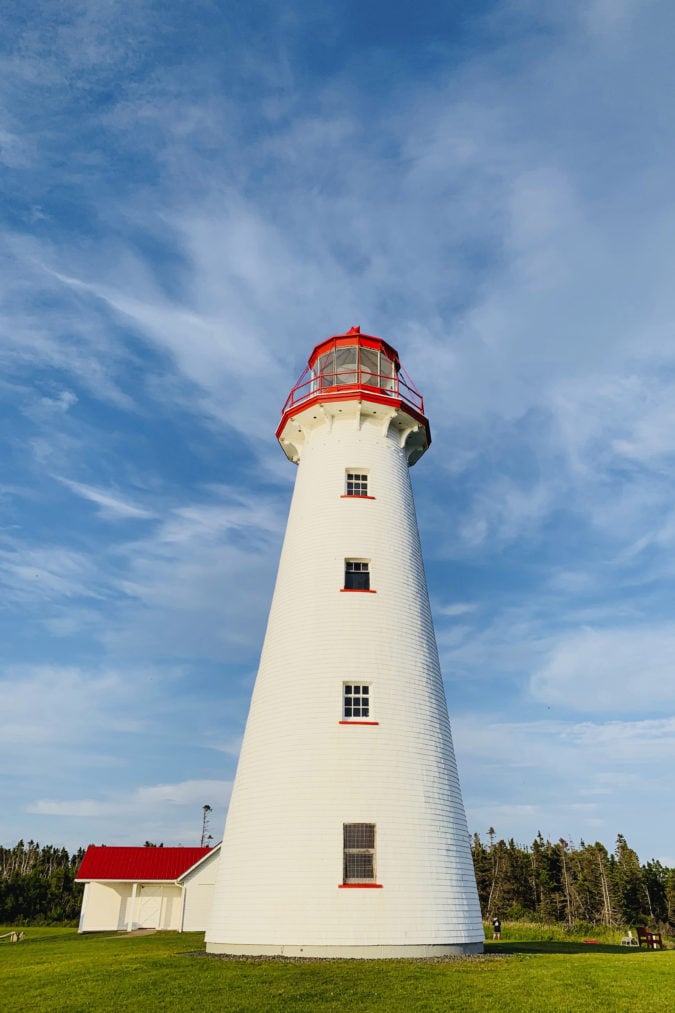
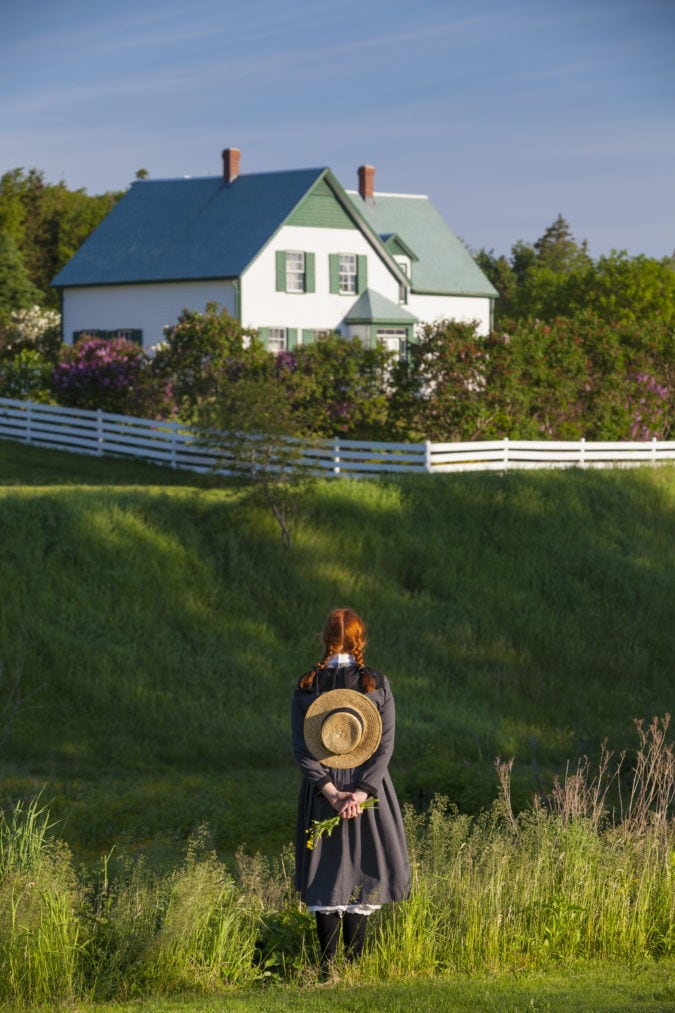
A few locals had warned me that Green Gables Heritage Place, the historical home that inspired the novel’s landscape, was the most touristy place on PEI. I braced myself for a Disneyfied version of my childhood fantasies. What we found instead was an elegant, modest farmhouse surrounded by woodland, known in the book as the Haunted Wood. Aside from a little dress-up corner where kids can pose for photographs wearing Anne-inspired frocks and red braided wigs, there was nothing gimmicky about it. Visitors are encouraged to walk quiet trails named for places in the book, such as Lovers Lane.
As we meandered about, taking in the gardens, we came across a pleasant young woman in an old-timey dress doing embroidery. She introduced herself as Jane Andrews, a character from the book. My 5-year-old, who long before the trip had already started cultivating a healthy obsession with Anne of Green Gables, asked her where Anne was.
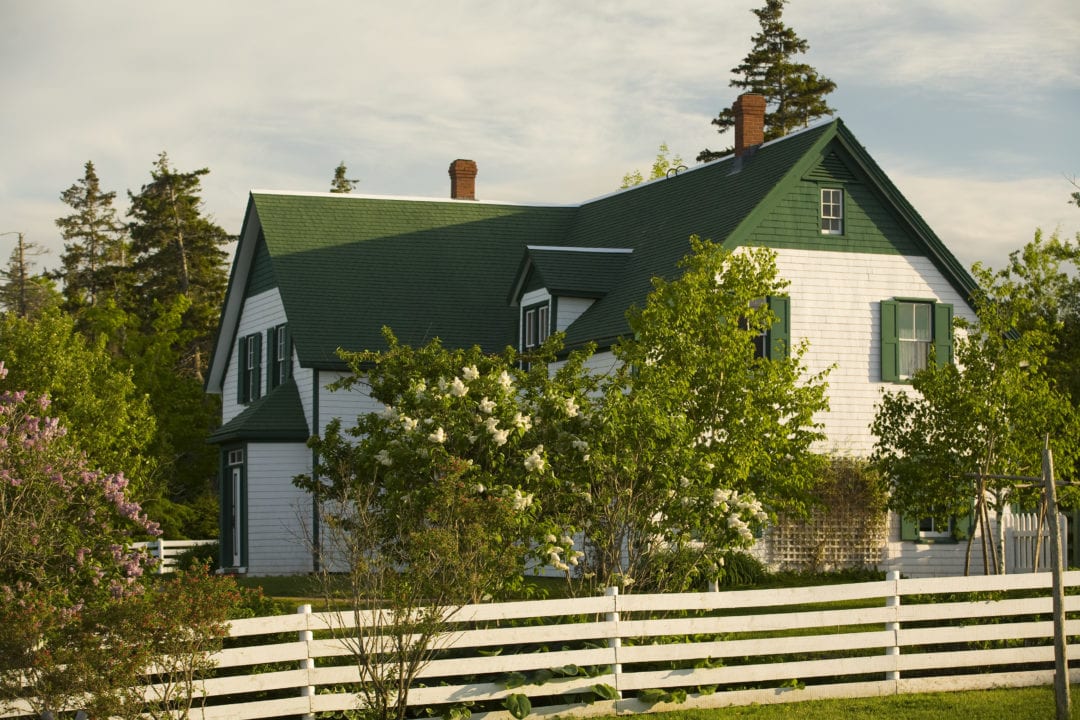
“Oh, she’s gone to Charlottetown to run an errand with Marilla,” Jane replied without pause. My daughter, mesmerized, took her at her word.
Meeting “Jane” reminded me of my favorite parts of the book, like when Anne, who hates her red hair, tries to dye it black and instead turns it green. Or the time she and her friend Diana, rather than sipping harmless raspberry cordial, accidentally get drunk on currant wine. Onscreen, Anne’s hair is always whipping around her face, the ocean breeze on PEI ever present. Now here I was, my own hair blowing in the wind, watching my kid captivated by the same scrappy heroine I loved and filled with something you might call wonder.
